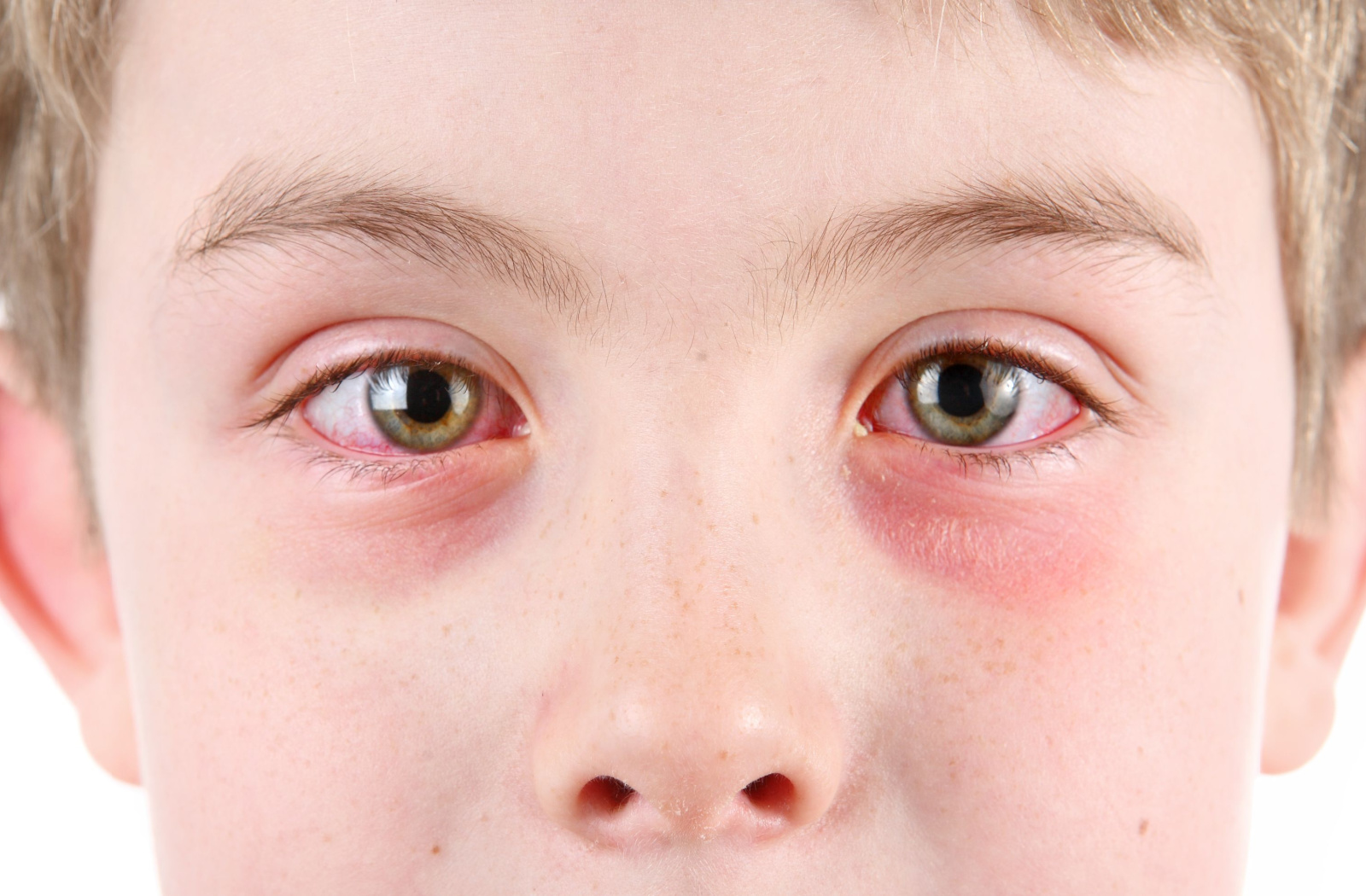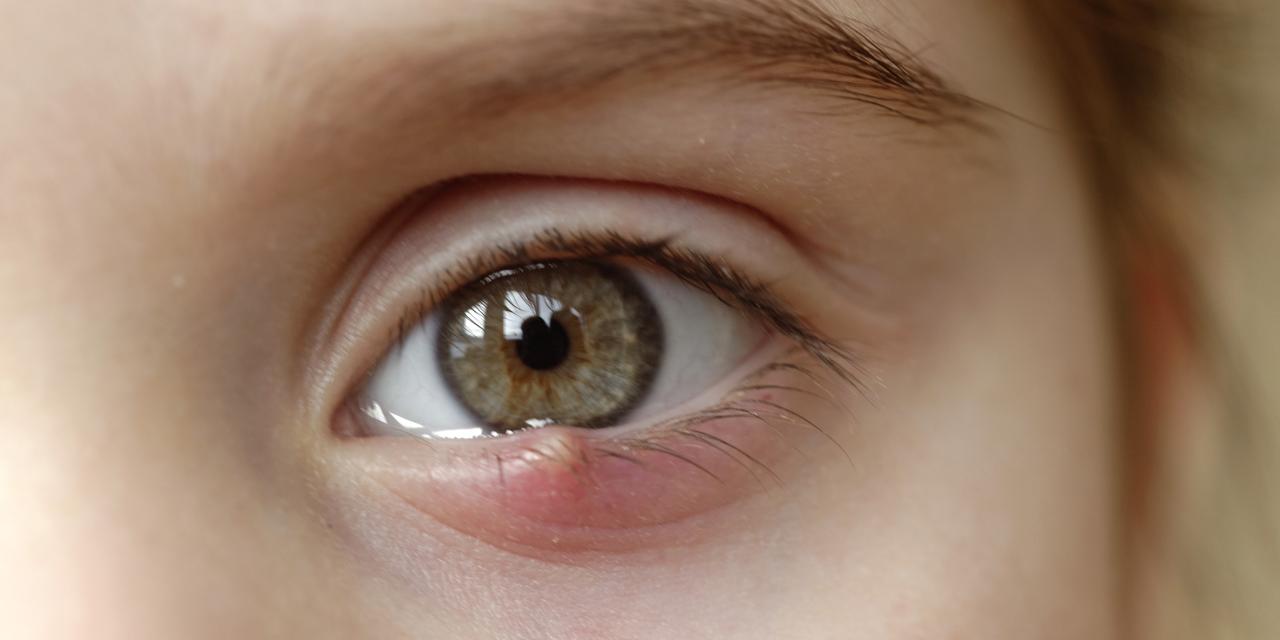Have your eyes felt unusually irritated lately—maybe red, watery, or even crusty in the morning? Do your eyelids seem swollen, or are you more sensitive to light than usual? You might assume it’s just allergies or a lack of sleep, but these could be early warning signs that you’re dealing with an eye infection.
Eye infections can happen to anyone, and they range from mild to serious. While some go away on their own, others require timely treatment to avoid complications—especially if they affect your vision. In this article, we’ll explore the types of eye infections, their symptoms, causes, and what you can do to treat and prevent them.
What Is an Eye Infection?

An eye infection occurs when bacteria, viruses, or other microorganisms invade any part of the eye or surrounding tissue—including the cornea, conjunctiva (the membrane covering the white of the eye), or the inner eyelids.
Depending on the type and severity, eye infections can cause discomfort, blurred vision, discharge, and even damage to the eye if left untreated. The good news? Most eye infections are treatable—especially if caught early.
Who Can Get Eye Infections?

Anyone can get an eye infection, regardless of age or eye health. However, certain factors may increase your risk:
-
Wearing contact lenses, especially without proper cleaning
-
Touching or rubbing your eyes with unwashed hands
-
Exposure to allergens or irritants like smoke or dust
-
Using old or expired makeup or eye drops
-
Sharing personal items like towels or makeup
-
Having a weakened immune system
Even people with perfect vision and no prior eye issues can experience eye infections if hygiene is not maintained.
Common Types of Eye Infections
1. Conjunctivitis (Pink Eye)

One of the most well-known eye infections, conjunctivitis causes redness, itching, and discharge from the eyes. It can be viral, bacterial, or allergic in nature.
-
Viral conjunctivitis is highly contagious and often accompanies colds or respiratory infections.
-
Bacterial conjunctivitis can lead to thick, yellow or green discharge and sticky eyelids.
-
Allergic conjunctivitis is triggered by allergens like pollen and usually causes intense itching and watery eyes.
2. Stye (Hordeolum)
A stye is a small, painful lump near the edge of the eyelid caused by a blocked oil gland. It often looks like a pimple and may be tender to the touch. Though not dangerous, styes can be uncomfortable and may take several days to heal.
3. Keratitis
Keratitis is an infection of the cornea—the clear layer in front of the eye. It can be caused by bacteria, viruses, or even parasites, and is more common in contact lens users. Symptoms include pain, light sensitivity, blurred vision, and a feeling of something in your eye.
4. Blepharitis
This is an inflammation of the eyelids, usually due to blocked oil glands or bacteria. It may cause red, swollen eyelids, flaking skin near the lashes, and burning or gritty sensations in the eyes.
Symptoms of an Eye Infection

Recognizing the early signs of an eye infection can help you act quickly and prevent further irritation. Common symptoms include:
-
Red or pink discoloration of the whites of the eyes
-
Excessive tearing or watery eyes
-
Itchiness or a burning sensation
-
Swelling around the eyelids
-
Discharge (clear, yellow, green, or white)
-
Light sensitivity
-
Blurred or reduced vision
-
Crusting of the eyelashes (especially in the morning)
If you notice any of these symptoms, avoid touching your eyes and consult a healthcare provider or optometrist.
How Are Eye Infections Diagnosed?
A healthcare provider can typically diagnose an eye infection through a physical examination and by asking about your symptoms. In some cases, they may take a sample of the discharge for lab testing to determine the cause and prescribe the most effective treatment.
Treatment Options
The treatment for an eye infection depends on its cause:
-
Bacterial infections are usually treated with antibiotic eye drops or ointments.
-
Viral infections often improve on their own but may require lubricating drops or cold compresses for comfort.
-
Allergic conjunctivitis can be managed with antihistamine eye drops and by avoiding known allergens.
-
Styes may heal with warm compresses, while more severe cases may need medical drainage.
It’s essential to avoid wearing contact lenses or eye makeup during treatment, and always follow your provider’s instructions carefully to prevent spreading or worsening the infection.
What Happens If Eye Infections Are Left Untreated?
While many mild infections clear up with home care, ignoring persistent symptoms can lead to:
-
Prolonged discomfort and irritation
-
Vision changes or blurring
-
Infection spreading to other parts of the eye
-
Risk of corneal ulcers or scarring (especially with untreated keratitis)
Early diagnosis and proper treatment reduce the risk of complications and help restore eye comfort and clarity.
Preventing Eye Infections
Prevention starts with good eye hygiene. Here’s what you can do:
-
Wash your hands regularly, especially before touching your face or eyes
-
Avoid rubbing your eyes, even if they itch
-
Clean contact lenses properly and never sleep with them unless approved by your doctor
-
Replace eye makeup every 3 months and never share it
-
Use clean towels and avoid sharing them with others
-
Wear protective eyewear when swimming or in dusty environments
When to See a Doctor
You should seek medical attention if:
-
Symptoms persist longer than 3 days
-
You experience pain, swelling, or vision changes
-
There is a thick or colored discharge
-
You wear contacts and experience discomfort
-
Both eyes become affected
Prompt care helps you recover faster and prevents long-term damage.
Sources:
